In Trump’s New Budget Nobody’s Safe
16 Mar, 2017
President Donald Trump’s first budget outline, calling for a security-heavy realignment of federal spending, drew resistance on Thursday from his fellow Republicans in the U.S. Congress as many balked at proposed deep cuts to diplomatic and foreign aid programs.
Conservatives have plenty to like in the White House plan, with its 10 percent increase in military spending next year and beefed-up funding to help deport more illegal immigrants and build a wall on the border with Mexico.
It also takes steps to downsize government, a central goal of conservatives.
But the gaze into Trump’s priorities for the next four years proved too savage for many Republicans’ taste, foreshadowing an intense battle between Congress and the White House over spending in coming months.
Although Republicans control both the Senate and House of Representatives, Congress holds the federal purse strings and seldom approves presidents’ budget plans.
The administration asked Congress for a 28 percent, or $10.9 billion, cut in State Department funding and other international programs to help pay for a 10 percent, $54 billion hike in military spending next year.
“These increases in defense come at the expense of national security,” said Republican Senator Lindsey Graham, who has not hesitated to take on Trump. Republican Senator Marco Rubio, who like Graham ran unsuccessfully for president in 2016, leveled similar sentiments, as did some prominent Republicans in the House of Representatives.
House Speaker Paul Ryan sidestepped reporters’ questions about whether he supported State Department cuts, saying the White House blueprint was just the start of the budget process.
The budget also drew criticism internationally. The French ambassador to the United Nations, Francois Delattre, warned that cutting funding of global programs could fuel instability.
The White House shrugged off concerns about the impact, saying Trump was making good on election promises.
“The president said, specifically, hundreds of times – you covered him – ‘I’m going to spend less money on people overseas and more money on people back home’ and that’s exactly what we’re doing with this budget,” Trump’s budget director, Mick Mulvaney, told reporters.
Democrats, whose votes would be needed later this year to sign off on the spending bills that implement any budget blueprint given the slim Republican hold on the Senate, attacked the proposed reductions to the Environmental Protection Agency and programs that benefit the poor.
The White House proposal would inflict a 31 percent, or $2.6 billion, cut on the EPA.
Some veteran Republicans, including Senator Rob Portman of Ohio, a White House budget chief during the administration of President George W. Bush, vowed to preserve the EPA’s Great Lakes restoration program that Trump wants to eliminate.
Moderate Republicans expressed unease with potential cuts to popular domestic programs.
Lisa Murkowski, who chairs the Senate Energy and Natural Resources Committee, attacked plans to cut or eliminate programs that help the poor pay heating bills, provide aid for localities to deal with wastewater and subsidize air travel in rural areas like her home state of Alaska.
“We need to remember that these programs are not the primary drivers of our debt,” Murkowski said.
In fact, those “discretionary” programs that must be renewed annually by Congress, account for about $1.2 trillion out of a $3.9 trillion federal budget.
The biggest portion of the budget – about $2.4 trillion – is for “mandatory entitlement” programs that provide Social Security retirement benefits and Medicare and Medicaid healthcare for the elderly, poor and disabled.
Conservatives have been clamoring for years for reforms to those programs to save money. Trump vowed, however, to protect them as he campaigned for president last year.
Trump was silent on those programs in the plan released on Thursday, but they will be included in a fuller fiscal blueprint due out in mid-May that will project spending and revenues over 10 years. It is unclear if any reforms for those programs will be part of that budget.
Other discretionary cuts proposed by Trump included community development grants at the Housing Department and more than 20 Education Department programs. Funding would disappear for 19 independent bodies that count on federal money for public broadcasting, the arts and regional programs.
“Throwing billions at defense while ransacking America’s investments in jobs, education, clean energy and lifesaving medical research will leave our nation weakened,” said House Democratic leader Nancy Pelosi.
Trump also asked for $25 billion more for core Defense Department programs for the current fiscal year, as well as $5 billion more for combat operations. A detailed copy of that request seen by Reuters showed some of the funds would be for procurement of technology such as F-35 fighter aircraft and drone systems.
About $13.5 billion of the supplemental request was earmarked for aircraft, missiles and ships. It included THAAD missiles, Blackhawk helicopters and F-35s made by Lockheed Martin Corp (LMT.N), as well as F/A-18 warplanes and Apache helicopters manufactured by Boeing Co (BA.N).
Also for this fiscal year, Trump requested $3 billion more for the Department of Homeland Security, with some of that money intended for planning and construction of the border wall that he made a major part of his 2016 election campaign.
Congress will likely consider the supplemental request by April 28, when regular funding expires for most federal agencies.
The budget outline also does not incorporate Trump’s plan for sparking $1 trillion in investments to build roads, bridges, airports and other infrastructure projects. The White House has said the infrastructure plan is still to come.
The planned defense increases are mainly matched by cuts to other programs so as to not increase the $488 billion federal deficit.
Despite the proposed big cuts to the EPA and the State Department, Mulvaney said their “core functions” would be preserved.
Reflecting Trump’s repeated election campaign pledge to reduce illegal immigration, the Department of Homeland Security would get a 6.8 percent increase, with more money for extra staff needed to catch, detain and deport illegal immigrants.
Trump wants Congress to approve $1.5 billion for the border wall in the current fiscal year – enough for pilot projects to determine the best way to build it – and a further $2.6 billion in fiscal 2018, Mulvaney said.
The estimate for the total cost of the wall will be included in the upcoming full budget.
Trump has repeatedly said that Mexico will pay for the wall. Mexico has adamantly said it will not. Since Trump took office in January, the White House has said funding would be kick-started in the United States.
Reuters
Image texyellowdogdem twitter
Mentioned In This Post:
About the author
Related Posts
-
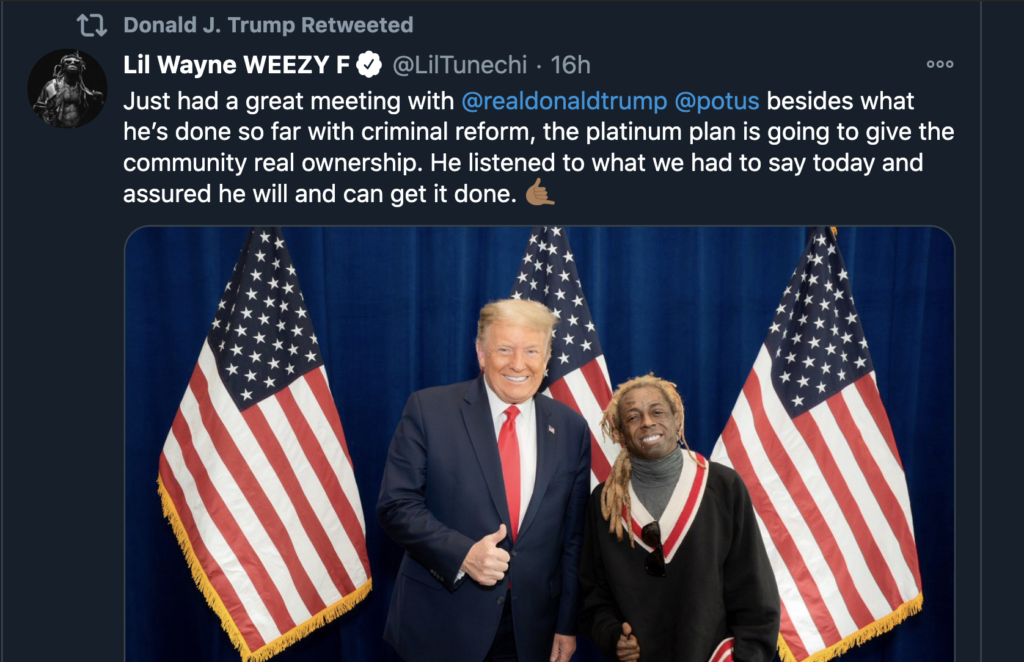
Newest Collab Lil Wayne x MAGA
-

Sox Fans, Welcome Back..... to 1979
-
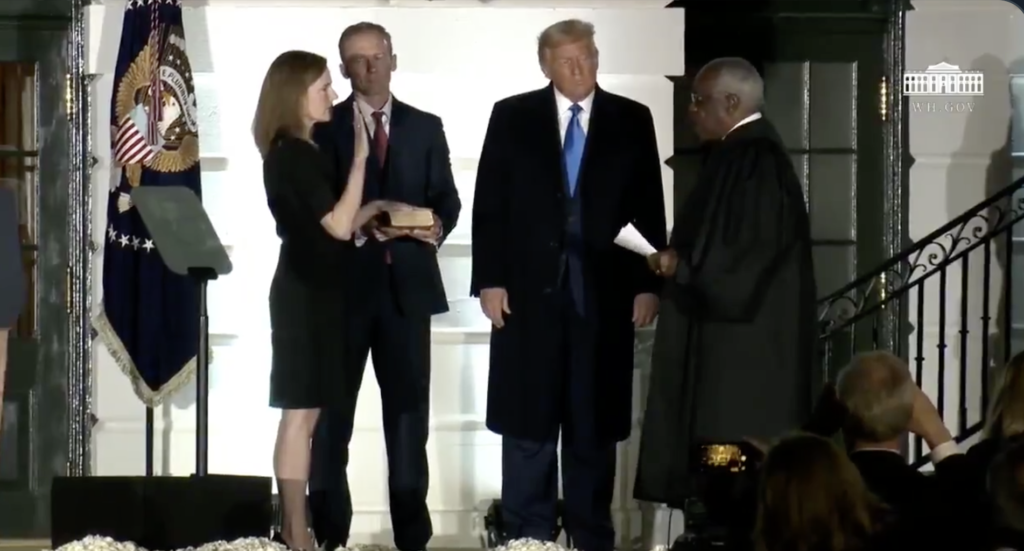
Like it or Not, Amy's In.
-

If Only We All Had Rich Daddies
-

Nick Foles Still Owns Tom Brady
-

Thank You Corey!
-
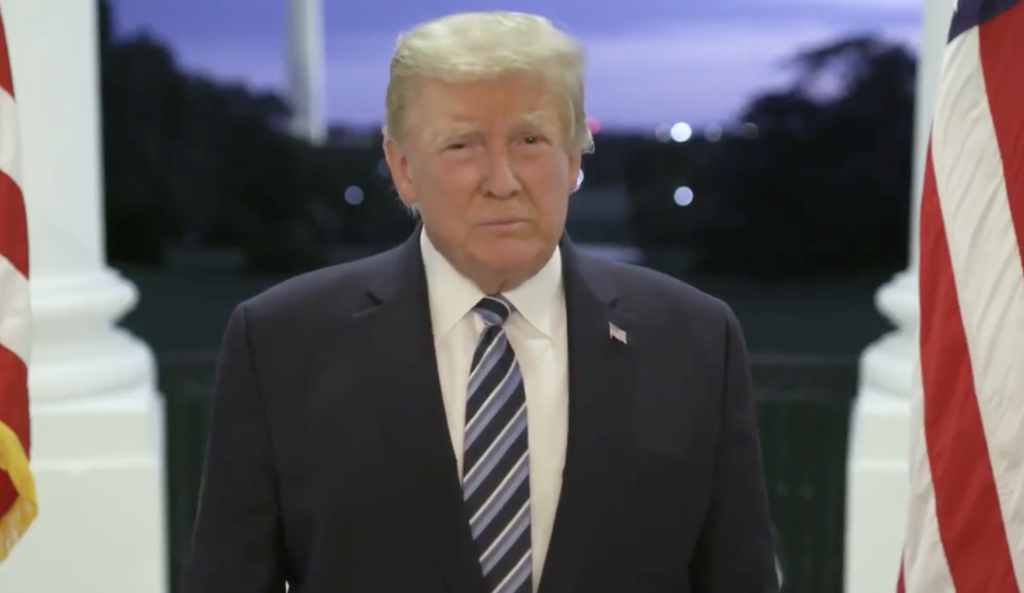
"Don't Be Afraid of COVID!" He Says
-
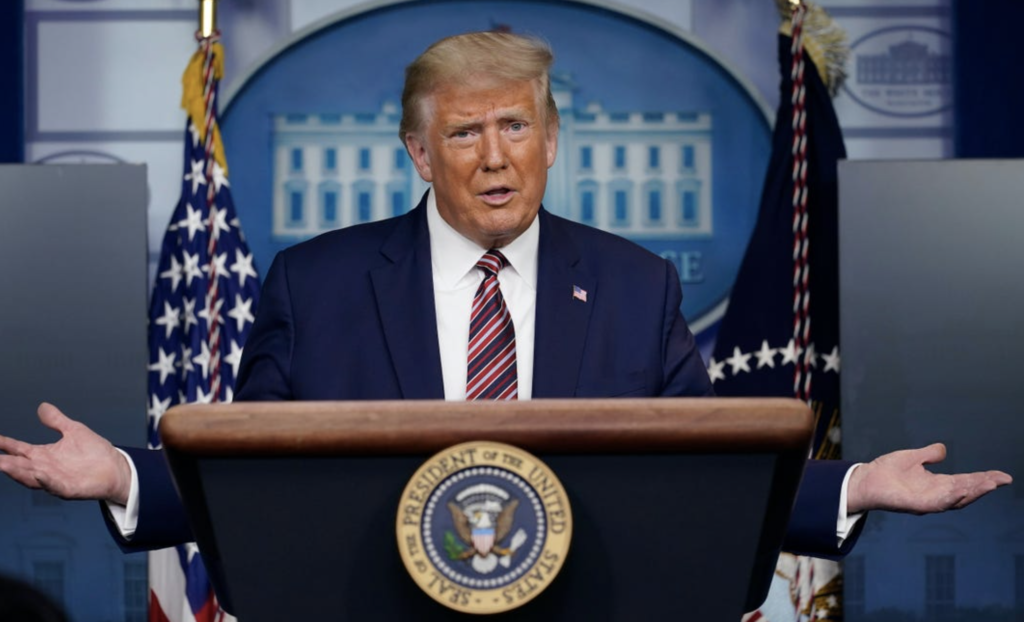
Trumps In The Hospital and His Cronies Are Infected
-
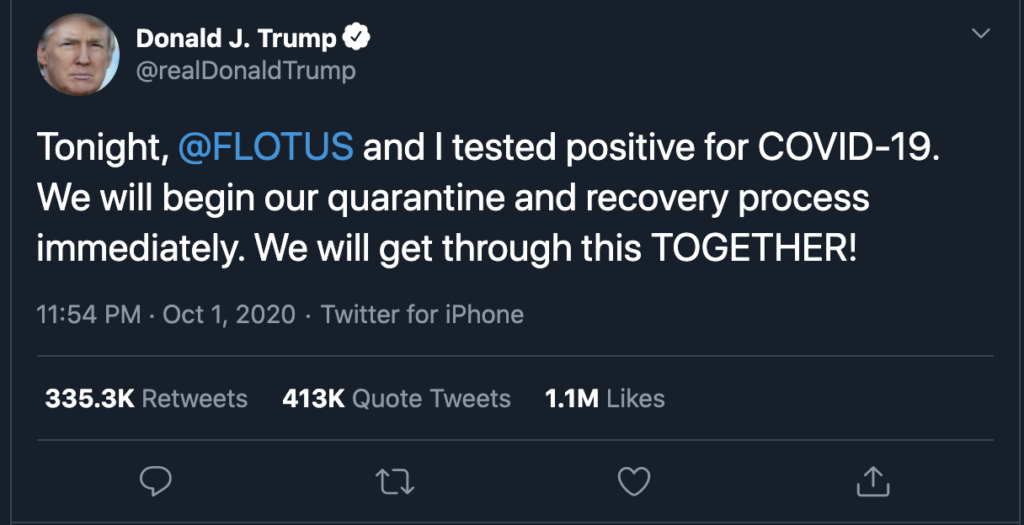
Trump Tests Positive for the 'China Virus'
-
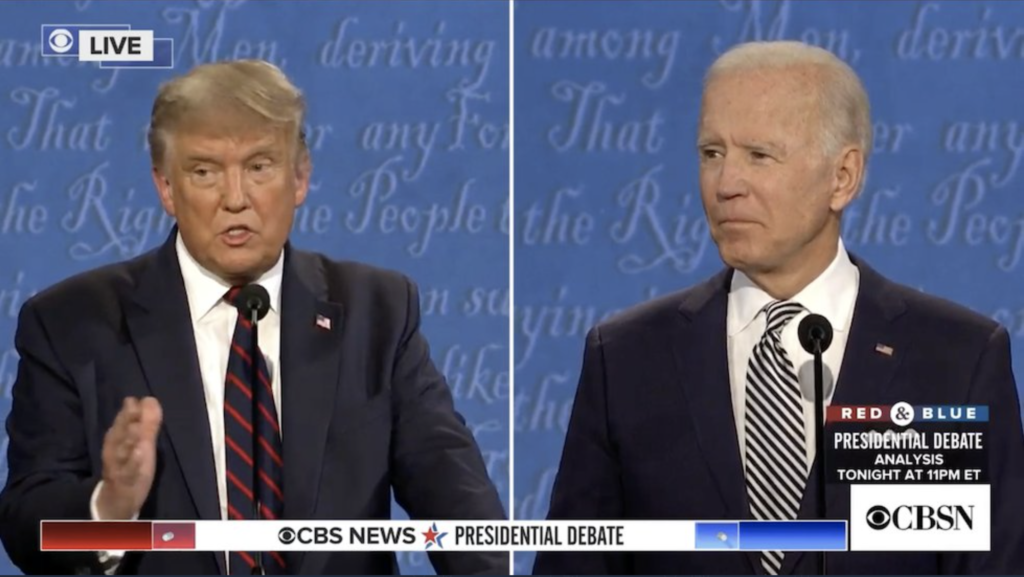
What A Shit Show!










